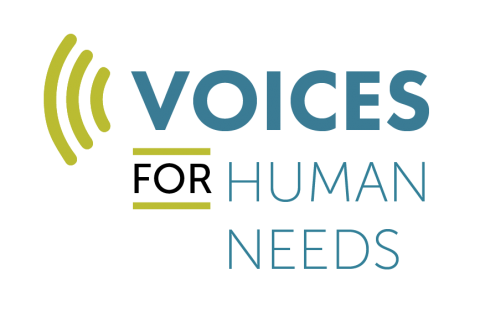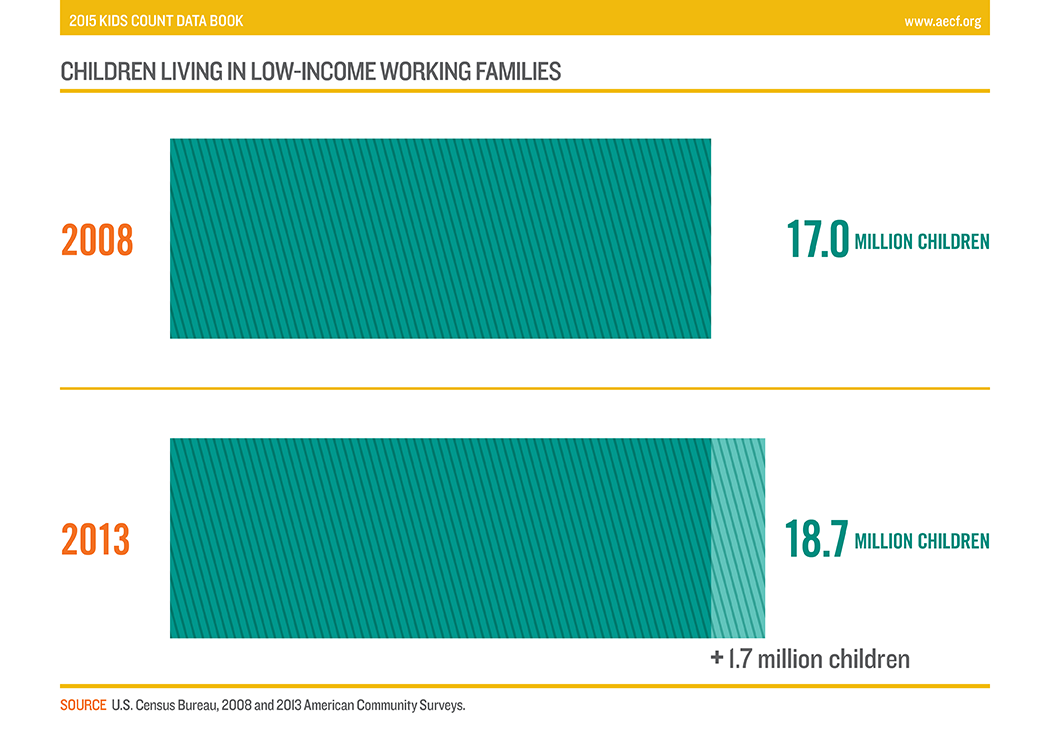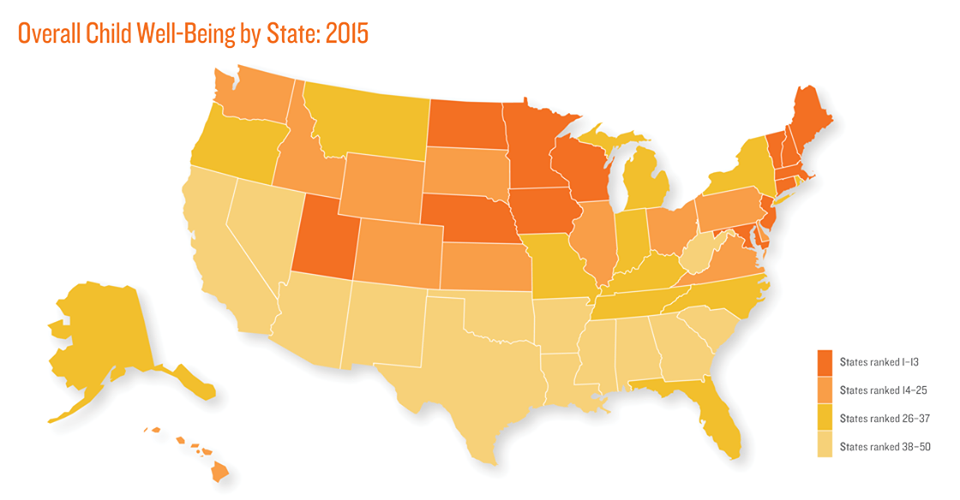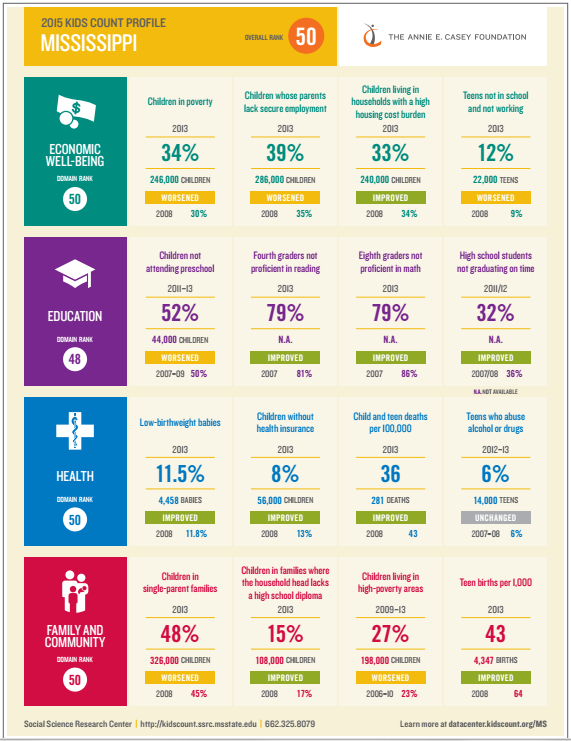
MN at one end, MS at the other: See How Your State Ranks for Child Well-Being
Five years ago, our country was in the midst of the Great Recession. At that time, 17 million children lived in low-income working families. Since the recession officially ended in 2009, our country has been slowly recovering. Many economic indicators, if not at pre-recession levels, are at least heading back in the right direction. However, according to the new 2015 KIDS COUNT Data Book from the Annie E. Casey Foundation, 18.7 million children lived in low-income working families in 2013 – roughly 1.7 million more children than in 2008. Nearly a third of children lived in families where no parent was working full time in 2013. The report is an annual publication that assesses child well-being using 16 indicators in the areas of economic well-being, education, health and family and community.
As we know, national figures are one thing, but the variance in figures across states can be even more telling. It’s a good thing then that, in addition to the national figures, the folks at the Annie E Casey Foundation also use the same indicators to rank the 50 states in several areas of child well-being.
Minnesota grabbed the top spot for overall child well-being in this year’s report, while Mississippi ranked the lowest. While several states, including Alaska, South Carolina and Missouri made improvements, others like Rhode Island, Virginia, and Arkansas fell in the rankings. Overall, the report found that, with the exception of California, the 15 lowest-ranked states were in the Southeast, Southwest, and Appalachian states.
As the Coalition on Human Needs noted in our recent Human Needs Report article on the appropriations process, some in Congress are calling for cuts to many programs that help children and low-income families. The 2015 KIDS COUNT Data Book can be a great resource as we work to show lawmakers the importance of programs that serve needy children in their districts and across the nation and make the case for investing more – not less – in these programs.
The 2015 Data Book is also generating press across the nation, like this piece from the Chicago Sun Times. That means is also a great time to write Letters to the Editor or Op-Eds in response to pieces you see in local coverage. It’s also a great time to email and tweet information directly to your members of Congress citing the report, using the hashtag #DataBook and the handle @aecfkidscount.
So visit the KIDS COUNT data center to see your state’s data and get easily-sharable state infographics like the one at the end of this post; see how your city, county or congressional district is performing on the KIDS COUNT Index; and create infographics you can share on your website and via email and social media with your networks and your elected officials.KIDS COUNT state organizations have also issued state-specific news releases on how their states are faring that will be useful.






The views and opinions expressed in this post are those of the author(s) and do not necessarily reflect those of MomsRising.org.
MomsRising.org strongly encourages our readers to post comments in response to blog posts. We value diversity of opinions and perspectives. Our goals for this space are to be educational, thought-provoking, and respectful. So we actively moderate comments and we reserve the right to edit or remove comments that undermine these goals. Thanks!